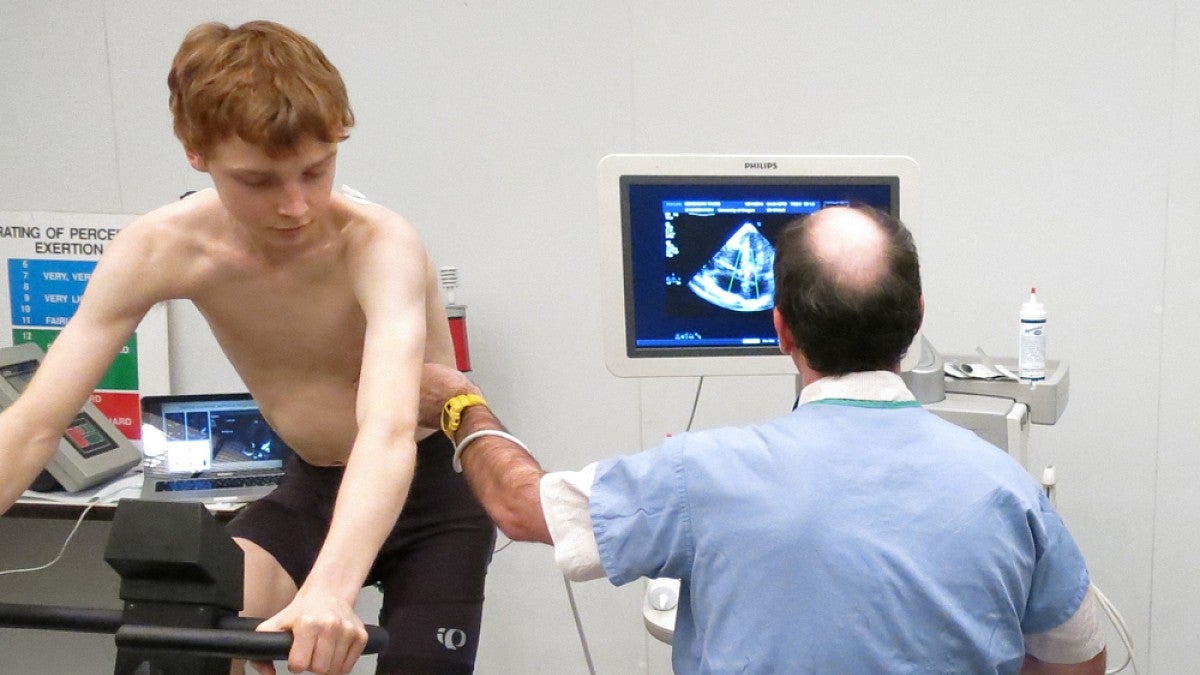Playing a video game using the electrical activity in muscles and learning how brains are scanned in an MRI are among the activities high school students will join on National Biomechanics Day at the UO.
More than 150 students will come to the UO to for the April 11 event, staged by the human physiology department’s biomechanics and neurophysiology labs. They will tour university labs, watch equipment demonstrations and listen to research talks.
The UO human physiology department’s biomechanics and neurophysiology labs are working together to host a National Biomechanics Day for local high school students.
“We look at this as an opportunity to share our love of science with kids who are trying to figure out what they want to do after high school,” said professor Andy Karduna, associate dean of the UO human physiology graduate school. “Students will have an opportunity to not only learn about the field of biomechanics, but they will also have a chance to ask questions of undergraduate students, graduate students and faculty in the field.”
National Biomechanics Day is coordinated by the American Society of Biomechanics. The event was founded in 2016 by Paul DeVita, a past president of the society and a UO alumnus. The 2017 National Biomechanics Day reached more than 7,000 high school students in 14 countries.
“Biomechanics education now occurs almost exclusively at the university level,” DeVita writes in a greeting on the event’s website. “The long-term goal of National Biomechanics Day is to incorporate biomechanics into high school curricula across the country and around the world.”
The UO’s event will display equipment from the Bowerman Sports Science Clinic, the Karduna Orthopedic Biomechanics Lab and the Chou Motion Analysis Lab. It will also feature several neurophysiology labs demonstrating the relationship between biomechanics and motor control.
“This event will show that science is a part of everyday life and can even be fun,” said Holly Rittenberry, a human physiology graduate student and the event’s organizer.
—By Sarah Eddy, University Communications


